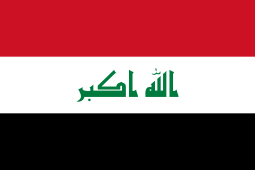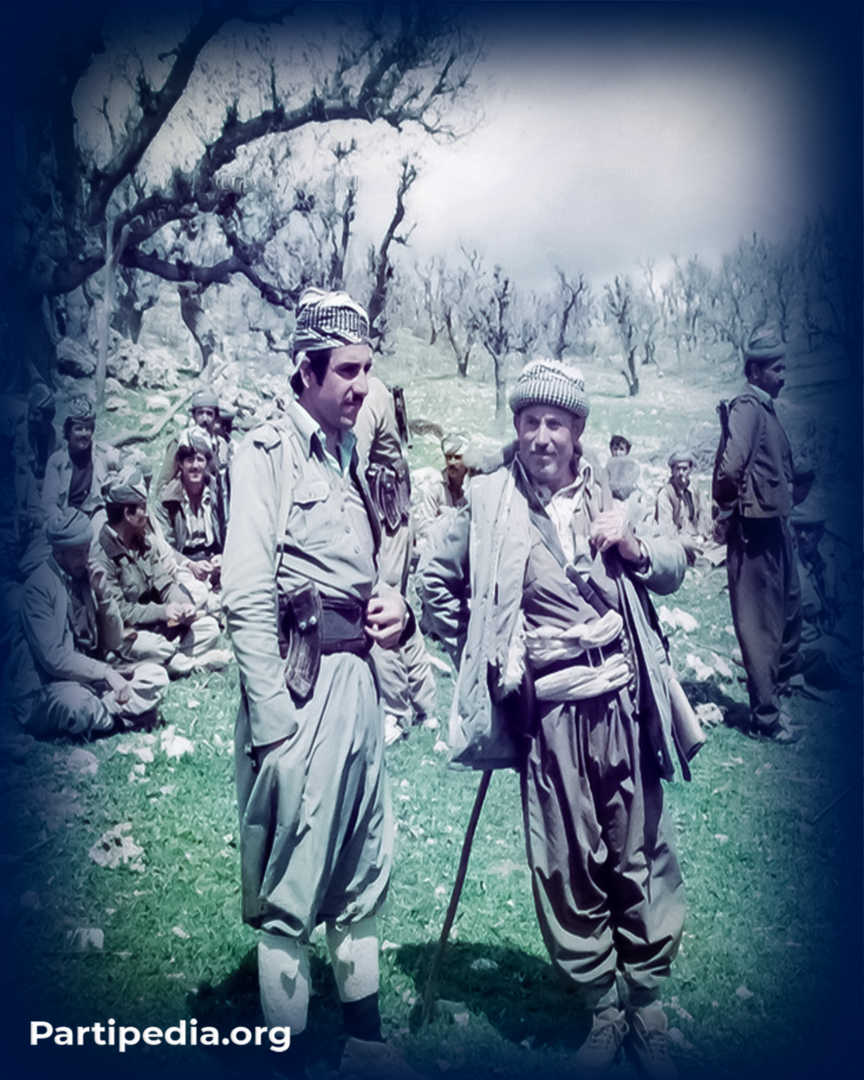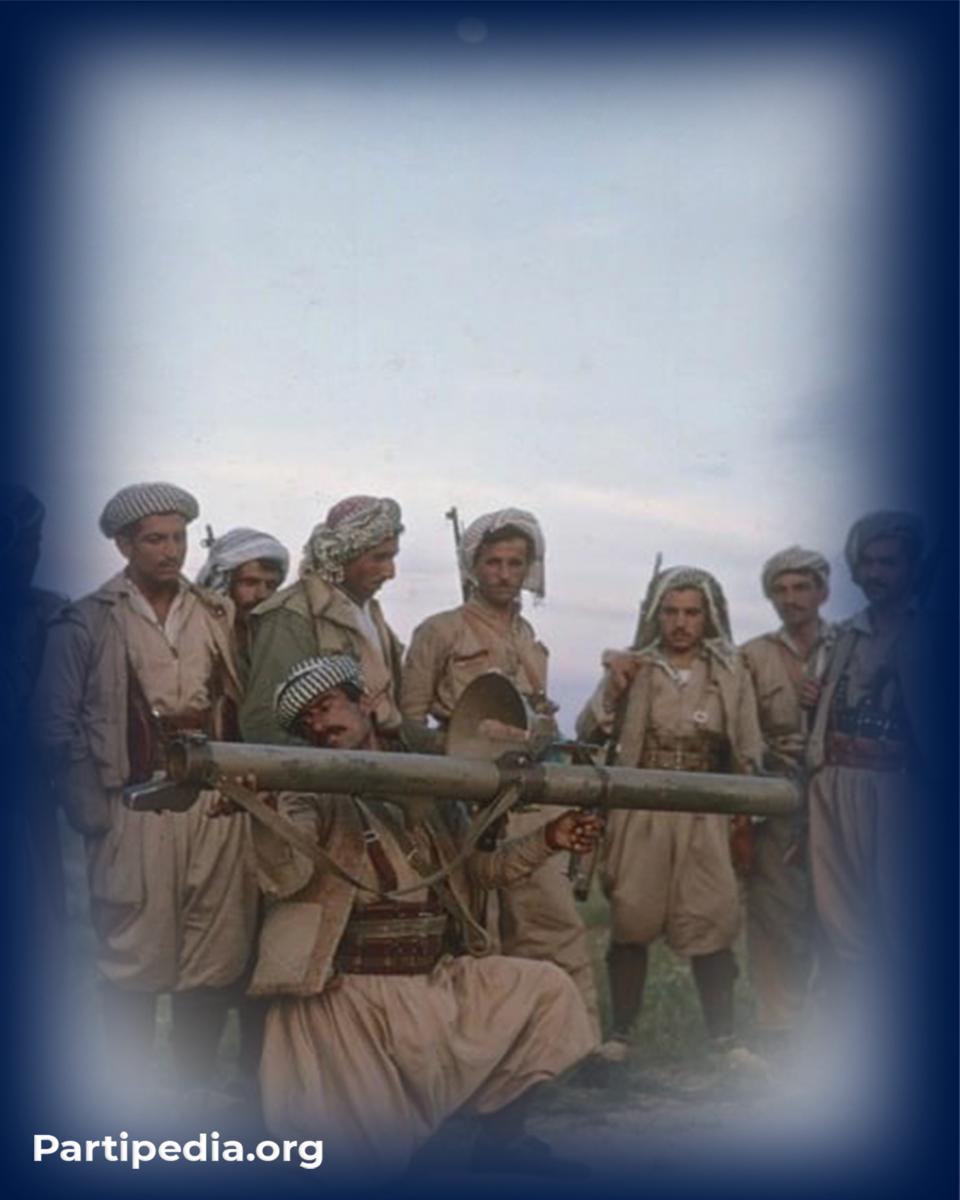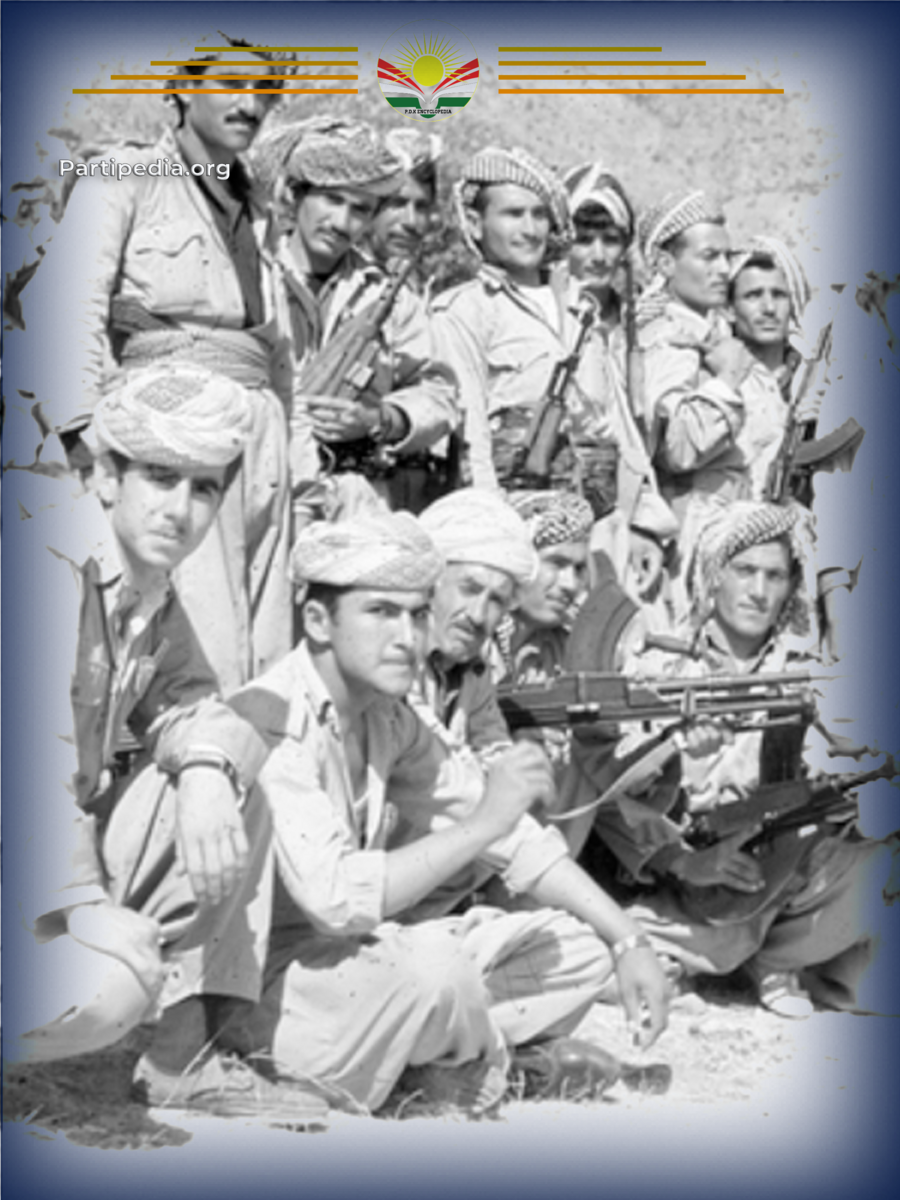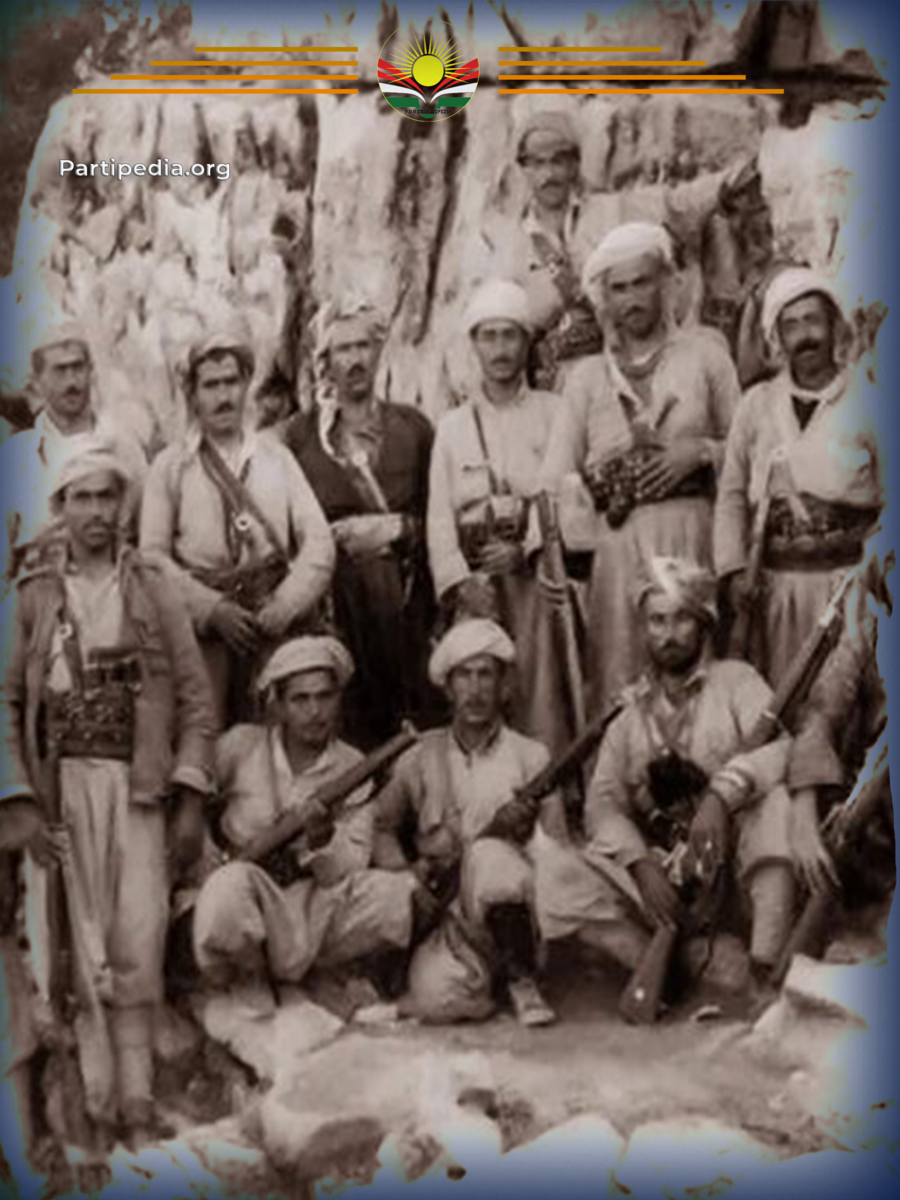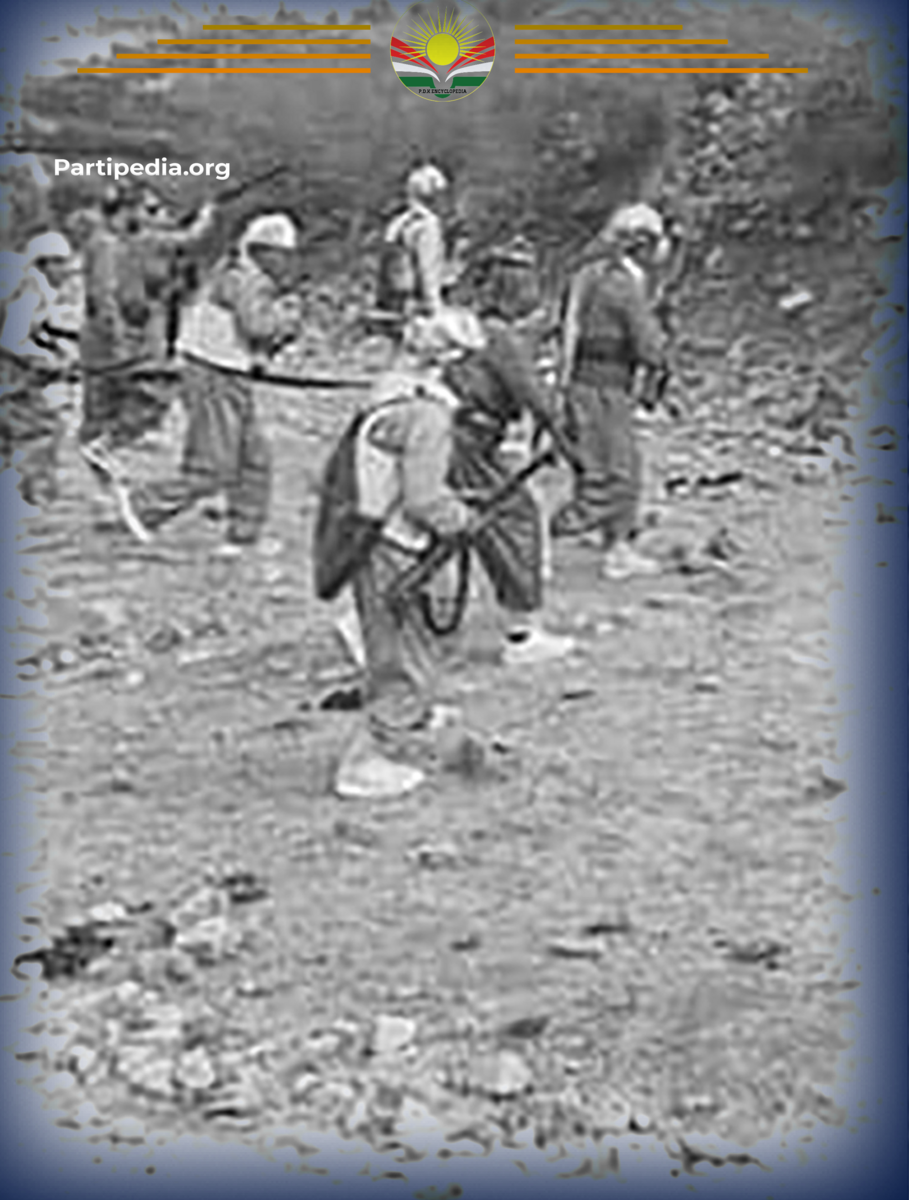The Battle of Amedi, fought on November 8, 1985, was a significant series of operations carried out by the Peshmerga forces of the Amedi Regional Committee of the Kurdistan Democratic Party (KDP) in the Badinan region. These meticulously planned operations targeted several strategic positions and bases held by Ba'athist mercenaries. The Peshmerga forces demonstrated exceptional combat prowess, capturing six key militant positions and inflicting substantial damage on the enemy.
Amedi, a historic city in South Kurdistan, lies 90 kilometers east of Duhok province, perched atop a rocky mountain that offers a breathtaking view of the surrounding natural beauty. This ancient city holds a special place in the history of the Kurdish liberation movement, having witnessed countless acts of heroism by the Peshmerga forces during both the September and May Revolutions. These events reflect the unwavering spirit of the people of Amedi and its surrounding areas, who, like their fellow Kurds, yearn for freedom and steadfastly oppose oppressive and dictatorial rule.
Continuing their partisan activities to defend the rights of the Kurdish people, the Peshmerga forces of the Amedi Regional Committee of the Kurdistan Democratic Party (KDP) aimed to send a clear message to the Ba'athist leadership that the revolution would persist in its fight to achieve these rights. With this resolve, the forces meticulously planned an attack on several Ba'athist bases in the area. On October 8, 1985, the Peshmerga launched an assault on multiple mercenary positions, swiftly capturing three of them. The operation inflicted significant damage on the Ba'athist forces, resulting in numerous prisoners and a substantial seizure of weapons. This success was documented in a report sent by the Amedi Regional Committee to the revolutionary leadership, providing detailed accounts of the operation and the seized positions.
In the same operation, the Peshmerga forces expanded their success by capturing three additional positions held by Ba'athist mercenaries (jash) in the region, including those stationed on Dewali Doski Mountain. During the battle, three enemy fighters were killed and left on the battlefield, while three others were taken prisoner. The Peshmerga's spoils from this confrontation included five Kalashnikov rifles, two wireless communication devices, and one Diktariov rifle, further bolstering their arsenal and morale.
During the attack on the Ba'ath government forces' bases and positions, a Peshmerga named Maslah Ne'mat Ghazi, who was part of the Martyr Shaban Ghaffar Organization, was martyred, and another Peshmerga was wounded. A journalist, Goin Robert, who was accompanying the Peshmerga forces, participated in the combat and documented the scenes of the fighting with a video camera, capturing the intensity of the battle. The victory of the Peshmerga forces was significant, not only due to the military success but also for the way it disrupted and harassed the government forces. In recognition of their bravery and success, the revolutionary leadership sent a congratulatory telegram to the Peshmerga forces.
Sources:
[1] - https://ckb.wikipedia.org
[2] - هۆژین مەسعود سەرنى، شورەشا ئیلونێ ل دەڤەرا بەهدینان ١٠٦١- ١٩٧٥، چاپى یەکەم، ٢٠١٨، ل١١٨، ١٧٢.
[3] - مهسعود بارزانی، بارزانی و بزوتنهوەی ڕزگاریخوازی كورد، بهرگی چوارەم، ١٩٧٥-١٩٩٠ شۆڕشی گوڵان، بهشی دووەم، چاپی یهكهم، چاپخانهی ڕوكسانا، ٢٠٢١، ل٦٢.

